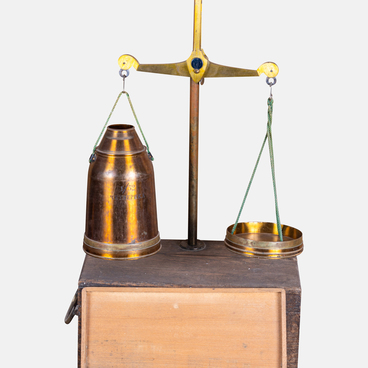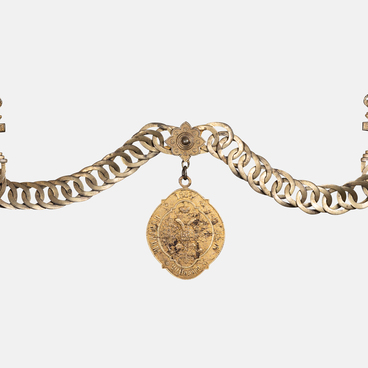The Ericsson’s wall telephone set displayed at the Ulyanovsk Regional Museum of Local Lore was used for railway communications in Simbirsk in the late 19th and early 20th centuries.
The phone has a wooden case that is mounted on the wall. There is a special shelf for taking notes in the upper part of the case. Inside, there is an electromechanical device — a dynamo machine for placing a call. The telephone set had an inductor call but no battery box. The battery unit was in a separate box. In the Ericsson’s telephone set, the microphone and telephone (the device was named after the receiver) are already combined into a single device. In earlier telephones, the speaker was connected to the case via cable, while the microphone was rigidly attached to it. So in order to be heard on the other side of the line, one needed to lean towards the mouthpiece. Legend has it that the telephone and microphone were combined into a single device by a Swedish mechanic who was tired of holding them separately in his hands when setting up a line: he tied them to a stick to free up one of his hands, and this is how the modern telephone handset came to be. The telephone used a handset that had a carbon powder microphone and an electromagnetic-type listening device. The telephone handset itself was located on a special lever holder.
These types of phones did not have dial pads. To get through to the station operator, the handle of the generator that produced alternating current was rotated — this is how the signal went to the switchboard and the telephone operator connected the subscribers. Each telephone set was connected by wire to a telephone exchange with a switchboard and a telephone operator. To receive an incoming call, telephones had a polarized ringer operating on alternating current. The polarized ringer consisted of a polarized magnet, an electromagnet and an armature.
This telephone model was used in urban telephone networks of the Russian Empire and European countries at the beginning of the 20th century. The wall telephone set was donated to the museum in 1961 by a former locomotive driver Vitaly Nikolayevich Fomin, along with a collection of railway equipment.


